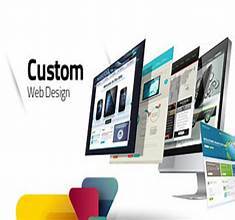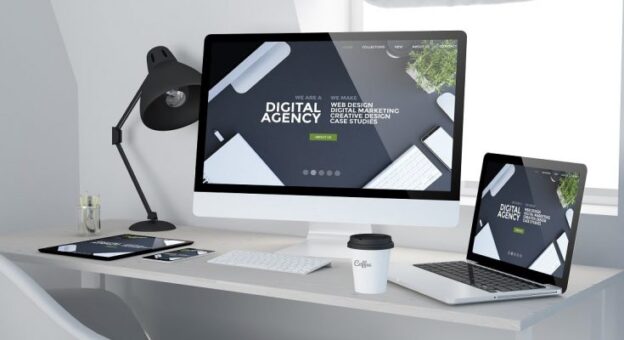In the digital age, your website is often the first interaction customers have with your brand. To make a lasting impression, it’s crucial to have a website that not only looks good but also performs exceptionally. Partnering with a web design Mauritius expert can help you achieve your online goals with tailored solutions.
Understanding the Importance of Web Design
Web design goes beyond aesthetics. It involves creating a user-friendly interface, ensuring seamless navigation, and optimizing for mobile devices. A well-designed website enhances user experience, boosts engagement, and drives conversions.
In Mauritius, businesses are recognizing the importance of professional web design. Whether you’re a small startup or an established company, having a website that reflects your brand identity is essential. A web agency Mauritius can help you create a site that aligns with your business objectives.
Tailored Web Design Solutions
Every business is unique, and so are its online needs. Tailored web design solutions focus on understanding your specific goals and creating a website that meets those needs. Here’s how a professional web design Mauritius team can help:
- Customized Designs: A one-size-fits-all approach doesn’t work in web design. Your website should reflect your brand’s personality and values. Custom designs ensure your site stands out from the competition.
- User-Centric Approach: The success of your website depends on how users interact with it. A user-centric design ensures that your site is easy to navigate, with a clear structure and intuitive layout. This keeps visitors engaged and encourages them to explore more.
- Mobile Optimization: With more people accessing the internet via mobile devices, it’s crucial that your website is mobile-friendly. Responsive design ensures that your site looks and functions well on all devices, providing a consistent experience for users.
- SEO Integration: A beautifully designed website is of little use if it doesn’t rank well on search engines. SEO integration ensures that your site is optimized for search engines, helping you reach a broader audience. A web agency Mauritius can implement effective SEO strategies to improve your site’s visibility.
- Ongoing Support and Maintenance: A website requires regular updates and maintenance to keep it running smoothly. Professional web designers offer ongoing support to ensure your site remains up-to-date and performs optimally.
Achieving Your Online Goals
Whether you’re looking to increase brand awareness, generate leads, or boost sales, a tailored web design can help you achieve your online goals. By partnering with a web agency Mauritius, you can benefit from expert guidance and support throughout the design process.
Here’s how tailored web design solutions can help your business:
- Enhance Brand Identity: A custom-designed website helps establish a strong brand identity. Consistent use of colors, fonts, and imagery reinforces your brand message.
- Increase Engagement: A well-designed website encourages users to spend more time exploring your site. This leads to higher engagement and better chances of conversion.
- Drive Conversions: The ultimate goal of any website is to convert visitors into customers. A user-friendly design, coupled with clear calls-to-action, can significantly improve conversion rates.
- Stay Competitive: In today’s competitive market, having a professionally designed website gives you an edge over competitors. It shows that you are serious about your business and committed to providing the best user experience.
Investing in professional web design Mauritius is a smart move for any business looking to succeed online. Tailored web design solutions ensure your website is aligned with your goals and delivers a superior user experience. Whether you need a simple website or a complex e-commerce platform, a web agency Mauritius can provide the expertise and support you need.
Ready to elevate your online presence? Contact our web agency Mauritius today and let us help you achieve your online goals with tailored web design solutions.










